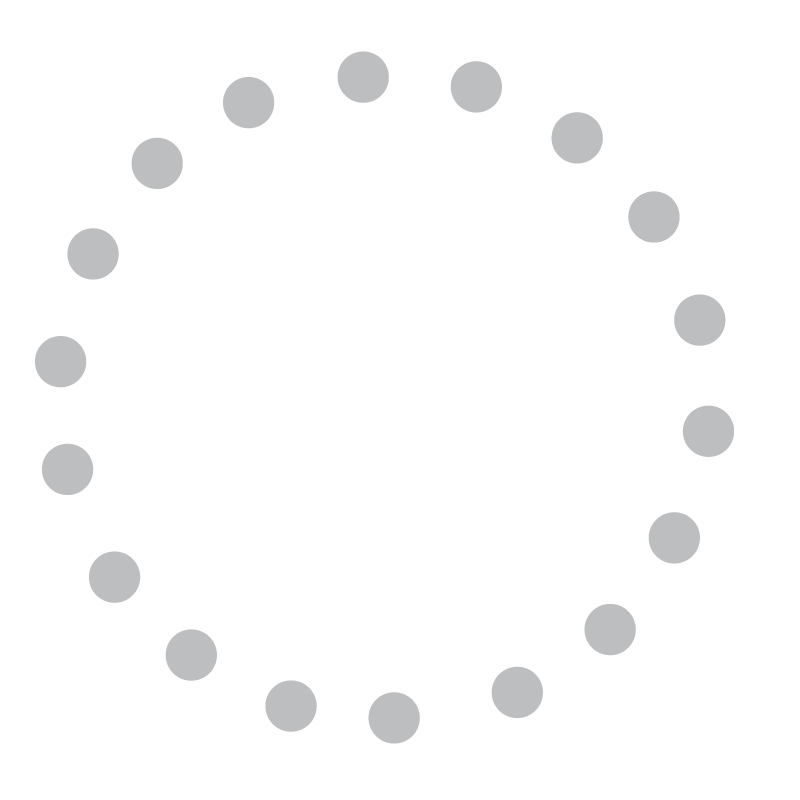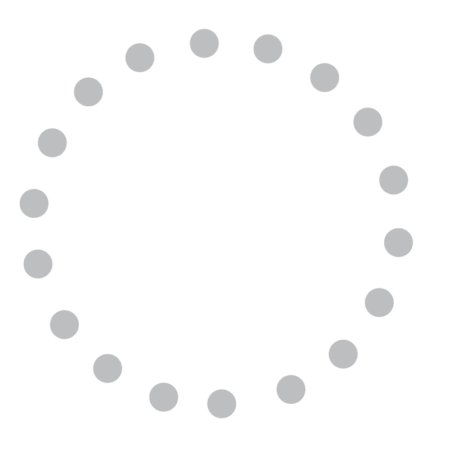Amydis unveils Phase 2 clinical trial for Glaucoma detection technology
November 8, 2023 (Ophthalmology Times) – Amydis Inc announced it has launched a Phase 2 clinical program for its novel retinal tracer, AMDX-2011P, to detect amyloid-beta in glaucoma patients.
According to the company, AMDX-2011P, is a small molecule designed to enable detection and quantification of amyloid-beta deposits in the retina using imaging devices already incorporated as part of a patient’s standard office visit.
The company states that the technology will “greatly increase the capture rate of glaucoma while improving clinical management through earlier intervention and, potentially, facilitation of amyloid-beta targeted neuroprotective therapies”
In collaboration with the University of California-San Diego (UCSD), Amydis was able to complete proof-of-concept studies demonstrating the Amydis tracers detect amyloid-beta in post-mortem human eyes with glaucoma patients, but not healthy subjects.
“We are thrilled to launch a new clinical program for an eye disease. Enabling micron-level in-vivo tracking of retinal amyloid beta formation in glaucoma patients will add a gain-of-function test to current loss-of-function testing, empowering doctors to deliver better patient care,” said Stella Sarraf, PhD, Amydis founder and chief executive officer. “Our goal is to also facilitate the development of neuroprotective agents to help provide more therapeutics for patients.”
The Phase 2 open-label, blinded assessment study of AMDX-2011P, is planned to be conducted at 3 sites in Southern California to collect multi-modal retinal imaging data on 40 subjects. According to the company, data will include optical coherence tomography (OCT) and OCT Angiography (OCT-A).
This will allow the company to map retinal amyloid-beta, retinal structure via OCT and retinal vascular signatures via OCT-A and monitor relative changes to “better understand the pathophysiology of glaucoma.”
“If successful, the creation of a molecular endpoint with the Amydis technology has the potential to enhance standard of care for glaucoma patients by enabling improved diagnostic and prognostic evaluation, as well as being used as an endpoint to develop neuroprotective therapies,” said Robert N Weinreb, MD, chair of the Amydis Scientific Advisory Board, in the press release.
Glaucoma is the leading cause of irreversible blindness worldwide, projected to affect 112 million people by 2040.
References:
Amydis Launches Phase 2 Glaucoma Clinical Program Using Novel Retinal Tracer to Detect Amyloid Beta. Press Release. Released Nov. 2, 2023. Accessed Nov. 6, 2023. https://amydis.com/2023/11/02/amydis-launches-phase-2-glaucoma-clinical-program-using-novel-retinal-tracer-to-detect-amyloid-beta/
About Amydis
Amydis is leading the way for early detection of diseases through the eye that is accessible, affordable and non-invasive. The company is developing proprietary ocular tracers that enable identification of molecular biomarkers for diseases of the eye, heart and brain. Amydis is creating a data warehouse for multi-omics that includes unique molecular biomarkers of the eye to empower AI-enabled health insights. The Company’s digital health solutions leverage the eye as the “window to the body” to accelerate diagnoses, enable precision treatment and improve patient outcomes. For more information contact: info@amydis.com



